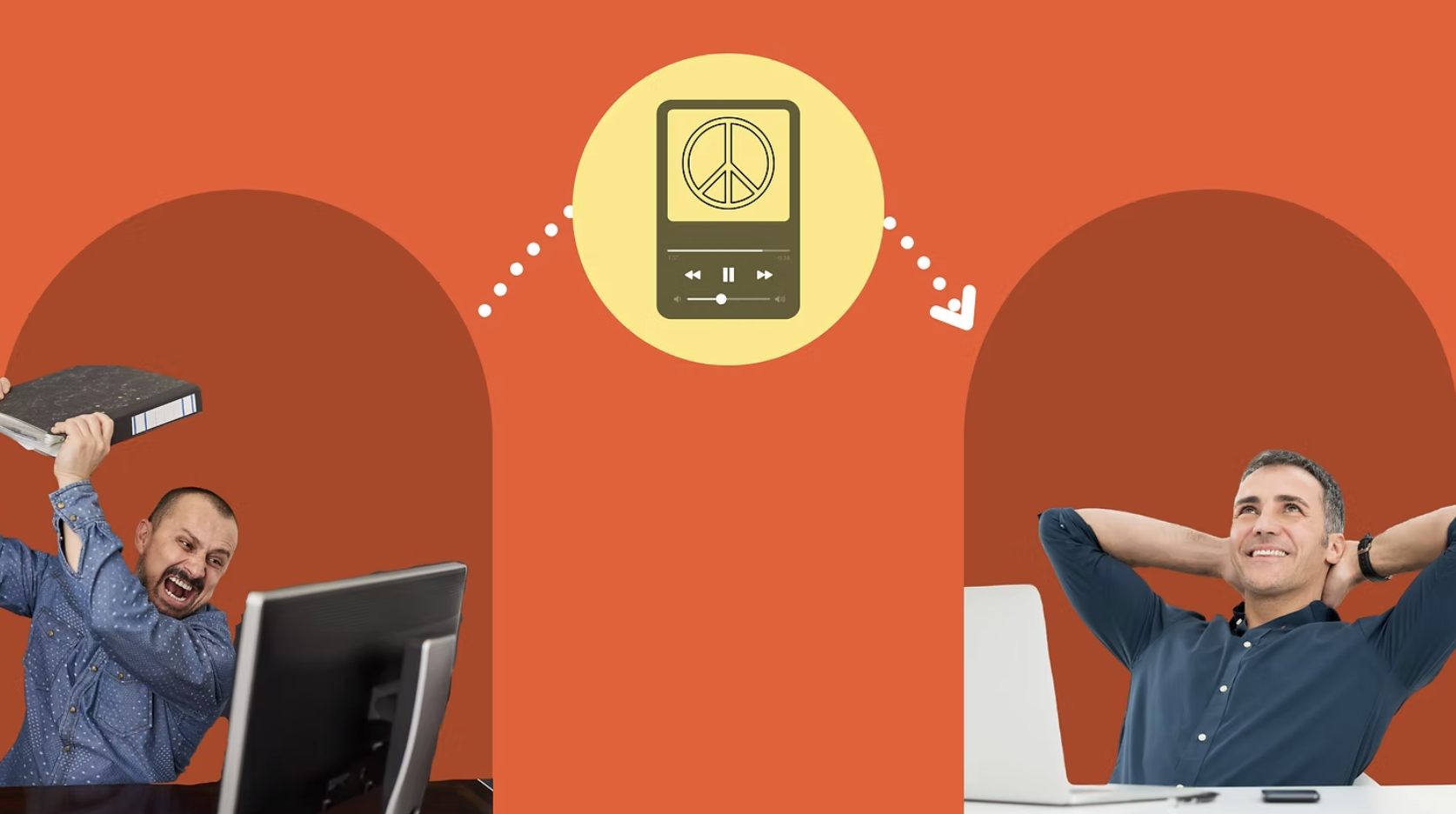How to Use Playlists to Manage Emotions and Shift Your Mood
Music has a profound impact on our emotions and mental health. It can motivate and energize us, as well as calm us down and reduce stress. Did you know that you can actively manage your mood by creating a song-loop or playlist? Crafting a playlist that reflects and guides your emotions is a powerful tool to regulate how you feel. Emotional regulation is an essential skill for navigating stressful situations in life.
Why Is Modulating Emotion a Challenge for People with ADHD?
Research shows that the prefrontal cortex, located at the front of the brain, is underactive in individuals with ADHD. This underactivity can lead to difficulties in regulating emotions. As a result, people with ADHD often experience intense emotional reactions and variability.
This underactivity in the prefrontal cortex may stem from low levels of dopamine, a brain chemical that plays a critical role in attention and motivation. When dopamine levels are low, the prefrontal cortex (the “thinking brain”) struggles to regulate the amygdala (the “emotional brain”). This disconnect can allow emotions to dominate reasoning.
Dr. Dan Siegel explains this phenomenon in his “Hand Model of the Brain,” likening it to “flipping your lid,” where the logical part of the brain is overridden by emotional responses.
What Does Emotional Dysregulation Look Like?
Emotional dysregulation can manifest in many ways, including:
Overreacting to situations.
Having sudden outbursts or meltdowns.
Experiencing low frustration tolerance.
Going from calm to angry (“zero to sixty”) quickly.
Ruminating or getting stuck on a feeling.
Engaging in conflicts or arguments.
These challenges can lead to difficulties at school, home or work.
What Can Help?
Creating a playlist can help shift your mood from a negative or heightened emotional state to a more positive one. By carefully selecting songs, you can guide yourself toward a desired mood or emotional state.
Getting Started: Check In with Yourself
Assess Your Current Mood: Take a moment to check in with your emotions. What are you feeling right now? Your body can provide clues—are you tense, sluggish or restless?
Identify Your Desired Mood: What emotion or mood would you like to feel instead?
Build Your Song Loop
Start Where You Are: Begin your playlist with a song that matches your current mood. For example, if you’re feeling angry, you might choose The Imperial March from Star Wars by John Williams.
End Where You Want to Be: Select a final song that reflects the mood you wish to achieve. If you want to move from anger to cheerfulness, you could end with The Waltz of the Flowers from The Nutcracker Suite by Pyotr Tchaikovsky.
Add Transitional Songs: Include three or more songs in the middle of your playlist that gradually shift your mood step by step.
Test Your Playlist
Listen Back: Was your playlist effective in moving you from your starting mood to your desired emotional state?
Evaluate the Impact: Which songs made the biggest difference?
You can create multiple playlists tailored to common emotional shifts, such as:
From sad to happy.
From angry to calm.
From sluggish to energetic.
From anxious to peaceful.
Experiment and Personalize
Creating a personalized playlist allows you to prepare for challenging emotions. By experimenting with different songs and sequences, you’ll discover what works best for you. When life throws challenges your way, you’ll be ready with a tool to help reset your mood.
Take Control of Your Mood
Be empowered! You can take an active role in managing your emotions with music. Whether it’s moving from frustration to calm or from lethargy to energy, a playlist is a simple yet effective way to help you navigate emotional challenges.
Need help creating playlists that work for you? Schedule a free consultation with an ADHD coach today!
Resources
Emotional Dysregulation is a Part of ADHD. See How Psychologists Are Helping – Kirsten Weir, APA
What Are Physical Emotions? – Traci Pedersen, Psych Central
Creating a Music Playlist to Shift Your Mood – Between Sessions Resources, Between Sessions
When ADD Makes You Feel So Much – William Dodson, M.D., ADDitude
Improving Emotional Regulation with Music Therapy – Northpoint Specialists, Imagine Music Therapy
The Connection Between ADHD and Self-Regulation – Healthline
ADHD and Emotional Dysregulation: Support for Navigating Life’s Challenges – Jackie Herbert, Beyond BookSmart
Dr. Dan Siegel's Hand Model of the Brain – Dr. Dan Siegel

